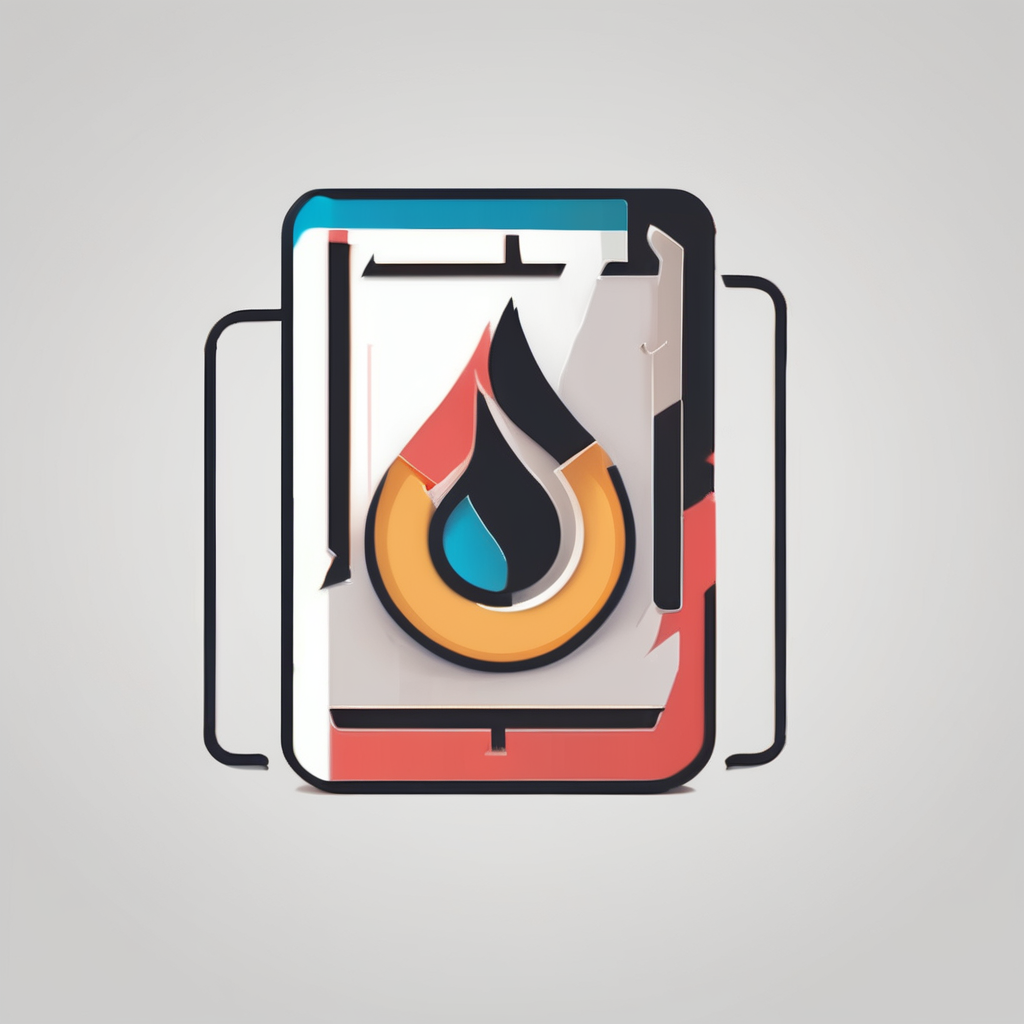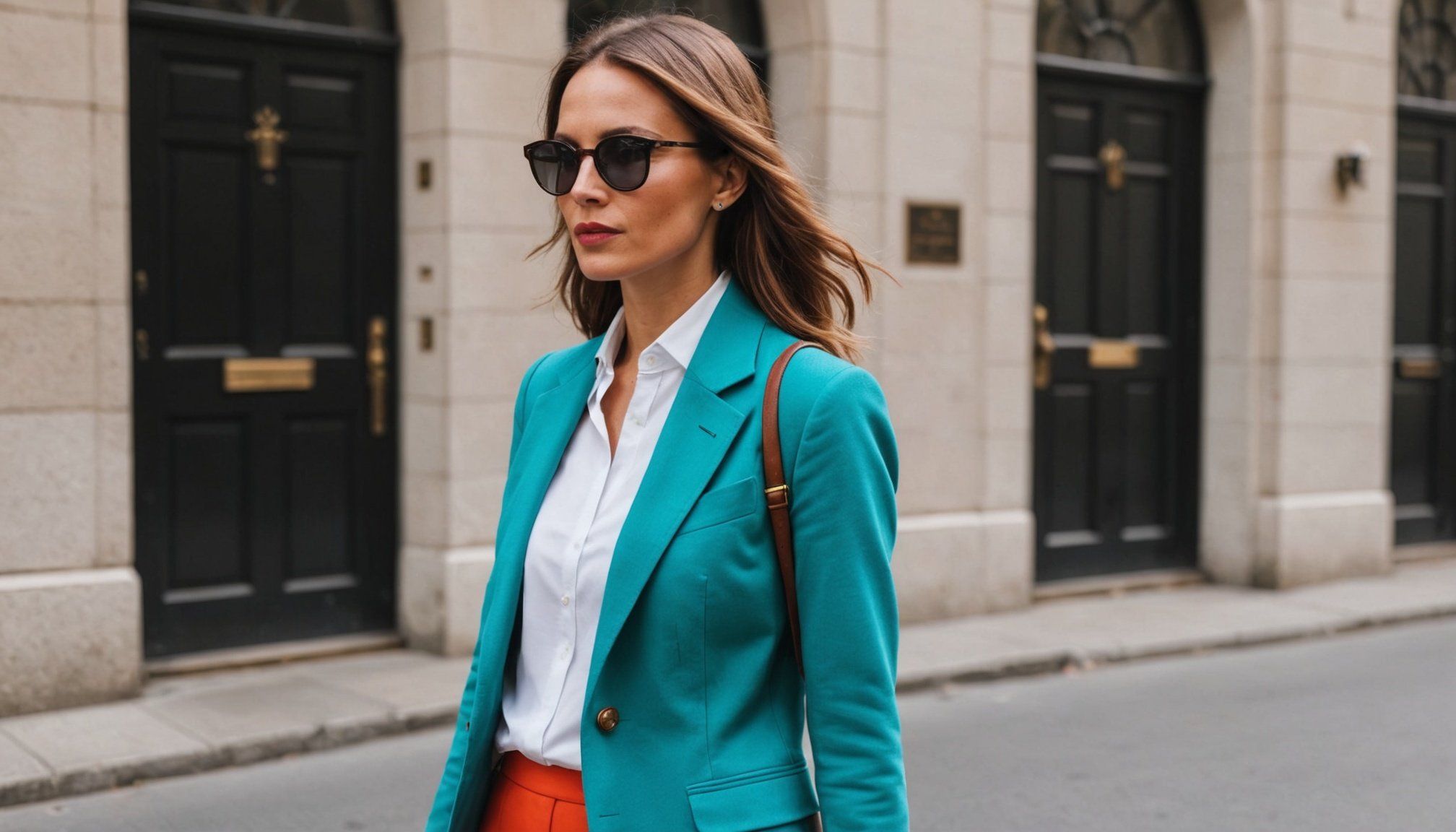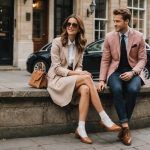Unlocking Color Secrets: The Ultimate Guide to Assembling Chic Outfits for Important Meetings
When it comes to making a lasting impression at important meetings, your outfit can be a powerful tool. The right combination of colors, fabrics, and styles can elevate your professional image and boost your confidence. Here’s a comprehensive guide to help you unlock the secrets of creating chic and effective outfits for any significant meeting.
Understanding Your Body Shape and Skin Tone
Before diving into the world of colors and outfits, it’s crucial to understand your body shape and skin tone. These factors will help you choose pieces that flatter your figure and complement your natural coloring.
Additional reading : Rejuvenate Your Skin: Top Herbal Remedies to Boost Elasticity for Women 30+
Body Shapes
Each body shape has its unique characteristics, and dressing accordingly can make a significant difference in how polished you look.
- Hourglass: Known for balanced bust and hips with a narrower waist. Opt for form-fitting dresses and blouses with cinched waists to accentuate your curves[2][4].
- Pear (Triangle): Hips are wider than the bust. Balance your look with A-line skirts and detailed tops that draw attention upward[2][4].
- Apple (Round/Oval): Characterized by a fuller midsection. Choose A-line dresses and structured blazers to elongate your torso[2][4].
- Inverted Triangle: Broader shoulders compared to the hips. Use A-line dresses and flared skirts to add volume to your lower body[2][4].
- Rectangle (Straight): Bust, waist, and hips are roughly aligned. Add definition with peplum tops and layered outfits[2][4].
Skin Tone
Your skin tone also plays a significant role in determining which colors will look best on you.
In parallel : Unlock salon-quality at-home nails: your guide to perfect manicures with the best uk products
- Cool Skin Tone: Look best in blue-based colors like blue, purple, and green.
- Warm Skin Tone: Complemented by yellow-based colors such as orange, yellow, and earth tones.
- Neutral Skin Tone: Can pull off a wide range of colors, but often look best in balanced, neutral shades[4].
The Color Wheel: A Guide to Harmonious Colors
Understanding the color wheel is essential for creating outfits that are visually appealing and harmonious.
Primary, Secondary, and Tertiary Colors
- Primary Colors: Red, blue, and yellow. These colors are the base of the color wheel.
- Secondary Colors: Green (blue + yellow), orange (red + yellow), and purple (blue + red).
- Tertiary Colors: Created by mixing primary and secondary colors, e.g., blue-green, yellow-green, etc.
Color Harmony
There are several principles of color harmony that can help you create cohesive outfits:
- Monochromatic: Using different shades of the same color.
- Complementary: Pairing colors that are opposite each other on the color wheel (e.g., blue and orange).
- Analogous: Using colors that are next to each other on the color wheel (e.g., blue, green, and yellow-green).
- Triadic: Combining colors that are equally spaced from each other on the color wheel (e.g., blue, yellow, and red)[5].
Building a Capsule Wardrobe for Professional Outfits
A capsule wardrobe is a collection of essential pieces that can be mixed and matched to create multiple outfits. Here’s how you can build one tailored to professional meetings:
Essential Pieces
- Blazers and Suits: Invest in well-fitted blazers and suits in neutral colors like navy, black, and gray. These are versatile and can be paired with various tops and bottoms[1][3].
- Dresses: A few high-quality dresses in different lengths and styles can be a great addition. Opt for classic designs that can be dressed up or down[1][3].
- Tops and Blouses: Choose a variety of tops and blouses in different colors and fabrics. Silk and cotton are good choices for their comfort and elegance[1][3].
- Pants and Skirts: Invest in well-fitted pants and skirts in neutral colors. These can be paired with multiple tops and blazers[1][3].
- Shoes: Quality shoes are a must. Opt for classic designs like loafers, pumps, and ballet flats that can complement various outfits[1][3].
Accessories
Accessories can make or break an outfit. Here are some essentials to include in your capsule wardrobe:
- Handbags: A good quality leather handbag in a neutral color can be used for multiple occasions.
- Jewelry: Simple yet elegant jewelry like a classic watch, a simple necklace, and a pair of stud earrings can add a touch of sophistication to any outfit.
- Scarves and Belts: These can add a pop of color and texture to your outfit. Choose materials like silk and wool for their quality and versatility[1][3].
Outfit Ideas for Different Meeting Types
Different meetings require different levels of formality. Here are some outfit ideas tailored to various meeting types:
Business Casual
For a business casual meeting, you want to look polished but not overly formal.
-
For Women:
-
A pair of well-fitted trousers or a skirt with a blouse and a blazer.
-
A dress with a cardigan or a light jacket.
-
Shoes: Loafers or ballet flats.
-
Accessories: Simple jewelry and a classic handbag[3].
-
For Men:
-
A pair of chinos or dress pants with a button-down shirt and a blazer.
-
A polo shirt with dress pants.
-
Shoes: Loafers or dress shoes.
-
Accessories: A leather belt and a simple watch[3].
Semi-Formal
For semi-formal meetings, you need to step up the elegance without going full formal.
-
For Women:
-
A dress with a pair of heels or dressy flats.
-
A skirt with a blouse and a tailored blazer.
-
Shoes: Pumps or dressy flats.
-
Accessories: Elegant jewelry and a clutch or a small handbag[3].
-
For Men:
-
A suit with a tie or a bow tie.
-
A dress shirt with dress pants and a blazer.
-
Shoes: Dress shoes.
-
Accessories: A tie or bow tie, cufflinks, and a pocket square[3].
Formal
For formal meetings, such as those involving clients or high-stakes negotiations, you need to look your absolute best.
-
For Women:
-
A formal suit with a blouse and heels.
-
A formal dress with heels and elegant jewelry.
-
Shoes: High heels.
-
Accessories: Elegant jewelry, a clutch, and a classic handbag[3].
-
For Men:
-
A well-fitted suit with a tie and dress shoes.
-
A dress shirt with a tie and dress pants.
-
Shoes: Dress shoes.
-
Accessories: A tie, cufflinks, a pocket square, and a leather belt[3].
Practical Tips for Creating Chic Outfits
Here are some practical tips to help you create chic and effective outfits for your meetings:
Mix and Match
- Capsule Wardrobe: Use your capsule wardrobe to mix and match pieces. This will help you create multiple outfits from a few essential items[1][3].
Pay Attention to Fit
- Tailored Clothing: Invest in tailored clothing that fits you well. Ill-fitting clothes can make you look less polished[2][3].
Balance Colors
- Color Harmony: Use the principles of color harmony to balance your outfit. Monochromatic, complementary, and analogous color schemes can create visually appealing outfits[5].
Accessorize Wisely
- Less is More: Avoid over-accessorizing. Simple yet elegant accessories can add a touch of sophistication to your outfit without overwhelming it[1][3].
Table: Outfit Ideas Based on Body Shape and Meeting Type
| Body Shape | Meeting Type | Outfit Idea |
|---|---|---|
| Hourglass | Business Casual | Fitted dress with a cardigan, or a blouse with high-waisted pants and a blazer |
| Hourglass | Semi-Formal | A-line dress with heels, or a pencil skirt with a blouse and a tailored blazer |
| Hourglass | Formal | A fitted suit with a blouse and heels, or a formal dress with elegant jewelry |
| Pear | Business Casual | Dark pants with a detailed top and a blazer, or a skirt with a blouse and loafers |
| Pear | Semi-Formal | A-line skirt with a blouse and heels, or dark trousers with a detailed top and a blazer |
| Pear | Formal | A formal suit with a blouse and heels, or a dark skirt with a detailed top and elegant jewelry |
| Apple | Business Casual | A-line dress with a cardigan, or structured blazer with a blouse and dark pants |
| Apple | Semi-Formal | A-line dress with heels, or a structured blazer with a blouse and dark trousers |
| Apple | Formal | A formal suit with a blouse and heels, or a structured blazer with a formal dress |
| Inverted Triangle | Business Casual | Flared pants with a detailed top and a blazer, or an A-line skirt with a blouse and loafers |
| Inverted Triangle | Semi-Formal | Flared pants with a detailed top and heels, or an A-line skirt with a blouse and a tailored blazer |
| Inverted Triangle | Formal | A formal suit with a blouse and heels, or flared pants with a detailed top and elegant jewelry |
| Rectangle | Business Casual | Peplum top with dark pants and loafers, or a layered outfit with a blouse and dark trousers |
| Rectangle | Semi-Formal | Peplum top with dark pants and heels, or a layered outfit with a blouse and a tailored blazer |
| Rectangle | Formal | A formal suit with a blouse and heels, or a layered outfit with a formal dress and elegant jewelry |
Detailed Bullet Point List: Tips for Personal Styling
Here are some detailed tips for personal styling to help you create chic outfits:
-
Know Your Measurements:
-
Take precise measurements of your bust, waist, and hips to understand your body shape accurately[2].
-
Invest in Quality:
-
Spend money on a few high-quality, well-fitted pieces rather than a lot of cheap, ill-fitting items[1][3].
-
Experiment with Styles:
-
Try different types of clothing to see what feels and looks best on you. Personal style is about experimentation and evolution[2].
-
Seek Inspiration:
-
Look for fashion icons or styles that share your body shape for inspiration, but remember to make it your own[2].
-
Focus on Fit:
-
Opt for custom-tailored garments that are made to fit your unique measurements, avoiding the one-size-fits-all approach[2].
-
Balance Your Outfit:
-
Use the principles of color harmony to balance your outfit. Ensure that your colors are complementary or analogous to create a visually appealing look[5].
-
Accessories Matter:
-
Accessories can make or break an outfit. Choose simple yet elegant accessories that complement your outfit without overwhelming it[1][3].
-
Consider the Occasion:
-
Dress according to the occasion. For example, a business casual meeting might require a different level of formality compared to a formal meeting[3].
-
Feel Confident:
-
The key to pulling off any outfit is confidence. Wear what makes you feel good about yourself, and it will show in your demeanor[2].
Quotes from Fashion Experts
-
“Almost every aspect of my look today goes against the rules for apple shapes. Bright colors, tucked-in shirt, a jacket that stops at my waist, but I felt like a freaking doll in this outfit,” – Faith Lasha, blogger[4].
-
“The best clothes for your body shape are those that balance your proportions and highlight your best features,” – Sumissura Blog[2].
-
“Understanding your body shape is just the beginning. To accurately identify which shape you align with, precise measurements of your bust, waist, and hips are crucial,” – Sumissura Blog[2].
Creating chic outfits for important meetings is not just about following trends; it’s about understanding your body shape, skin tone, and the occasion. By investing in a capsule wardrobe, paying attention to fit, and balancing colors, you can create outfits that are both professional and stylish. Remember, the key to any great outfit is confidence, so wear what makes you feel good about yourself. With these tips and a bit of practice, you’ll be well on your way to unlocking the secrets of chic and effective outfit assembly.








